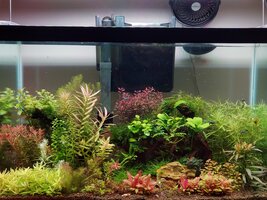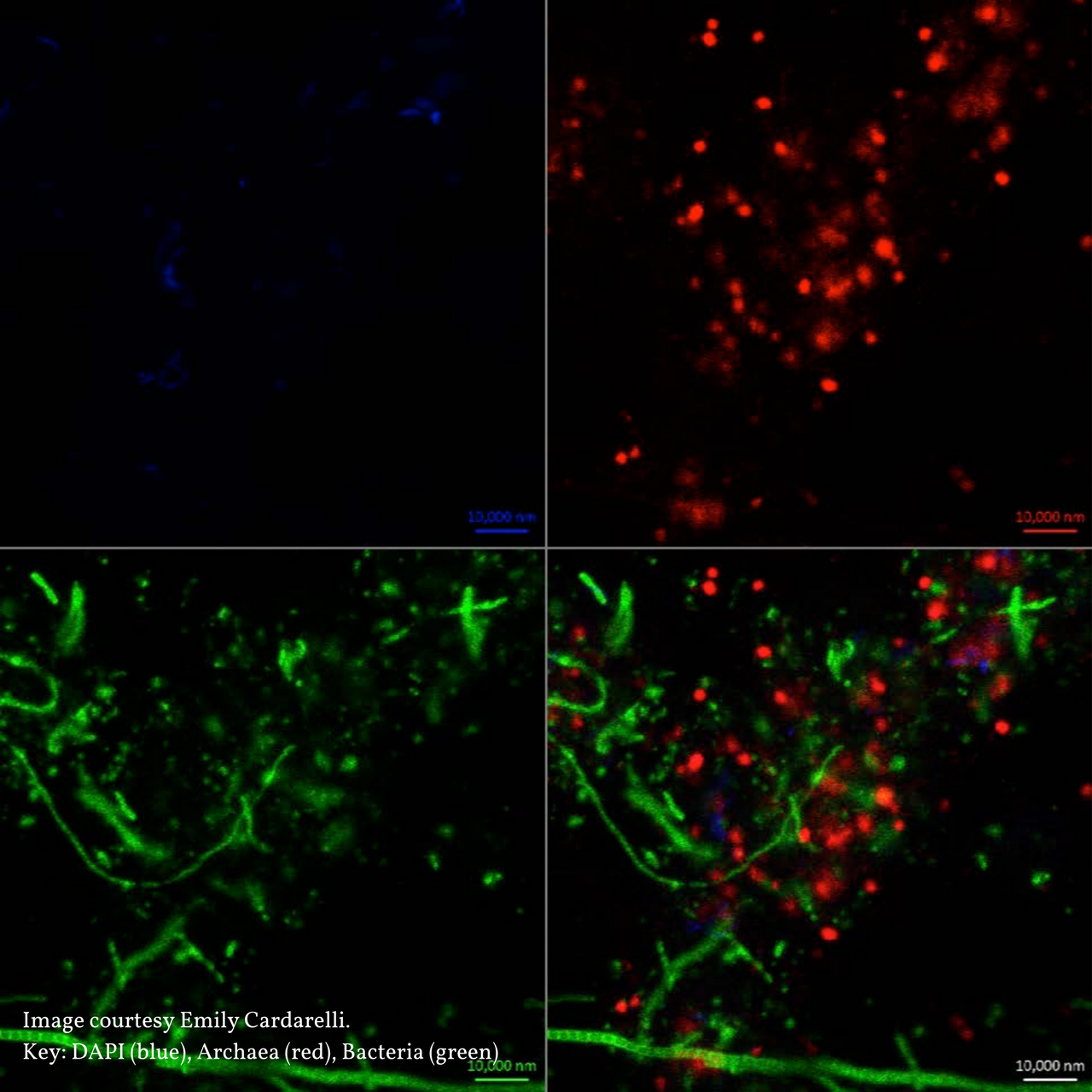Running non-co2 tanks in warm conditions is a non-issue. The issue would be what plants and for how long and also what you define as "warm". Above or below 30c? My tanks hoover around 27-29C but I have air con nearly every day that bring temps to 27 during a 1/3 part of the day. I pump CO2 in there like there is no tomorrow.
Mind you that's a 6mm tube.
I have been away for 4 days from home now. Considering the weather I am pretty sure the temps of my tanks probably reached the 30Cs if not more. I can tell you with a good degree of certainty that when I get back home in 2 days the glass will have a fair amount of algae. If my tank was non-co2 it would probably be much worse considering some of the plants I have are not so keen on higher temps and require CO2 else bye bye. So I would say all is possible but then it's a matter of diminishing returns and diminishing options.
My outdoor ceramic pond probably hoovers at 32, maybe more? That pond has got some anubias, ferns, echinodorus and some other pretty harddy plants. I use my main tank WC water and add that to the pond every week. Once in a while I will do a 50% WC with RO to bring TDS down. So basically that pond is EI with no-CO2. Light I would say overall medium as the pond is shadowed most of the day. Plants are fine. I have some hair algae in there, but no biggy I don't care. If I put any plant with BBA in there, BBA will disappear completely. But pay attention to the plants I mentioned. Pretty difficult plants to kill. Put a L. Pantanal, some E. Quin or other plants I got in my main tank and they would died instantly.
View attachment 186736












